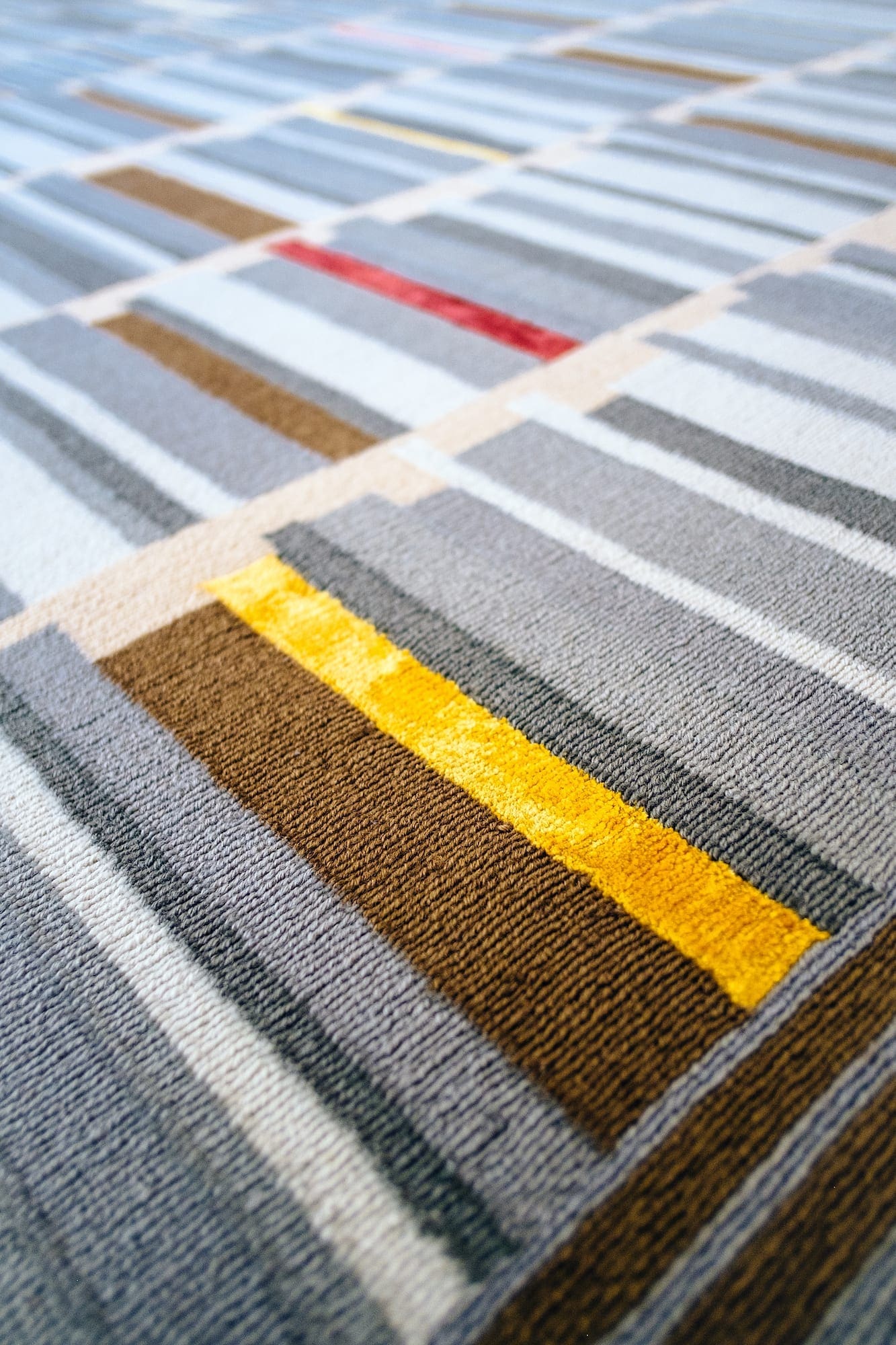Hueyzacatlán is inspired by San Cristobal de las Casas, the second oldest settlement in “New Spain”. Hueyzacatlán was one of the original names of the city, and
means “Beside the tall grass”. In the city’s colonial architecture with its balconies, mouldings, high contrast light and washed out colors became the inspiration for this piece.
Hueyzacatlán was made with tibetan hand knotted New Zealand wool with silk 240 x 310 cm
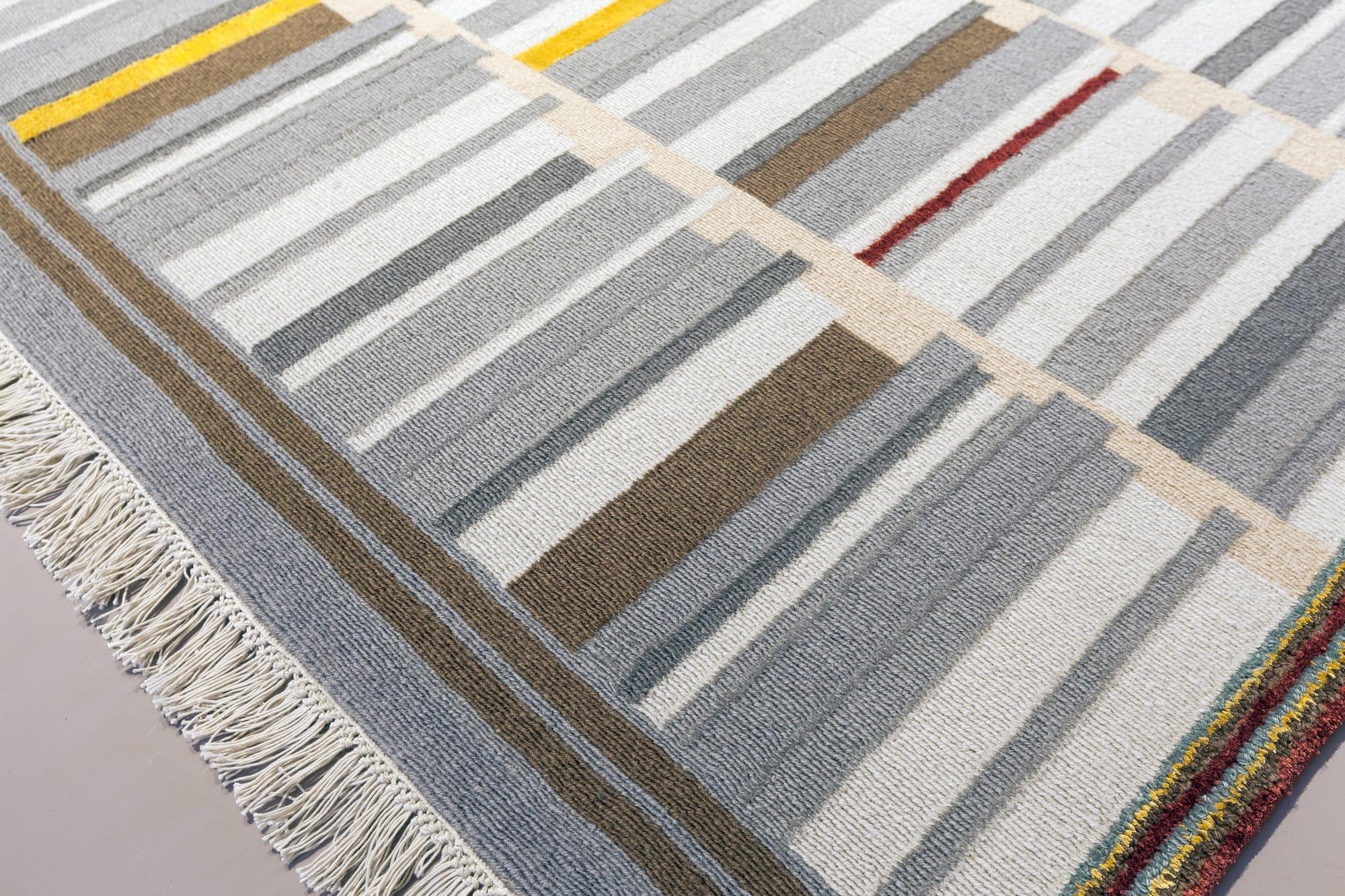
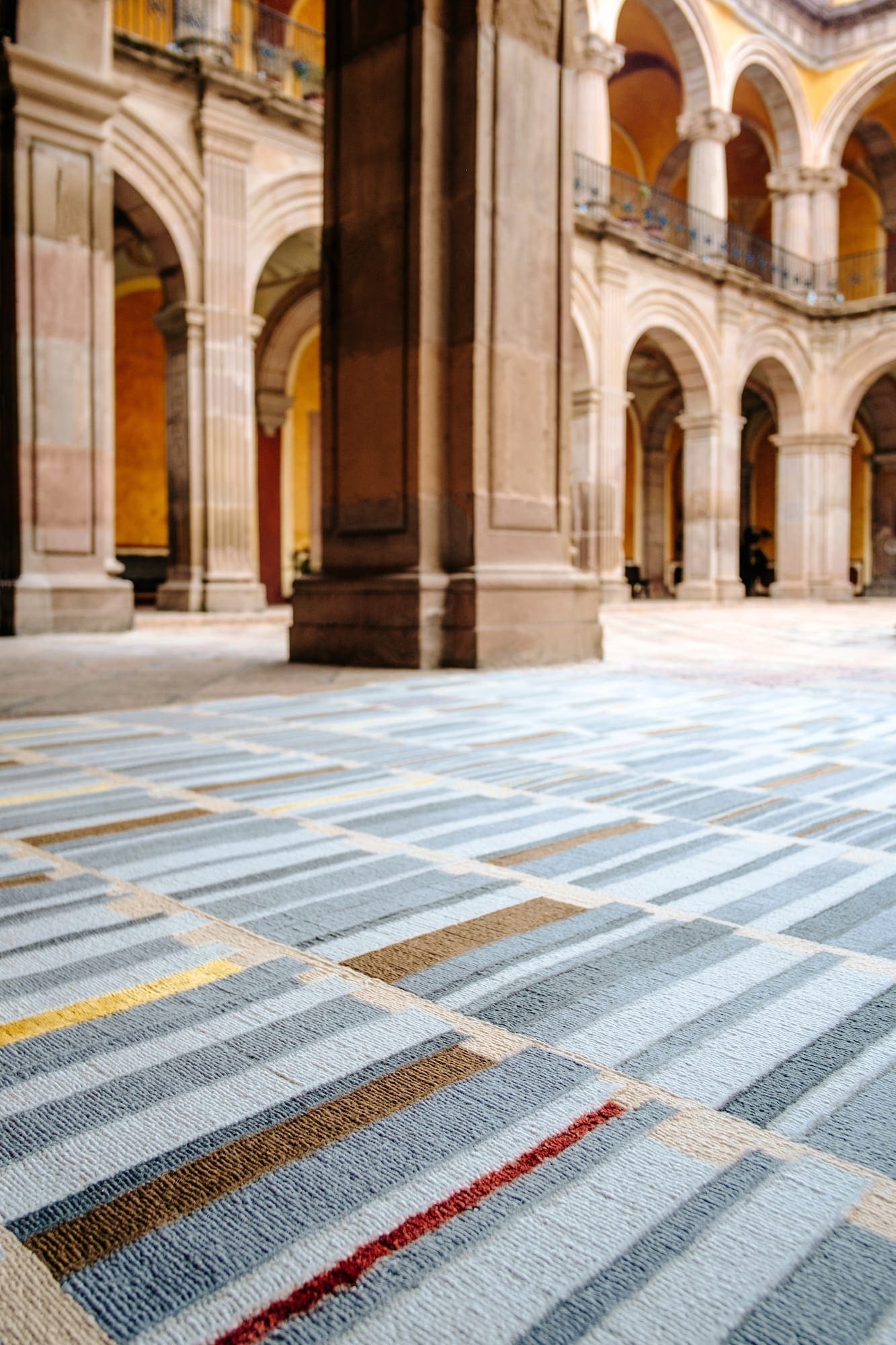

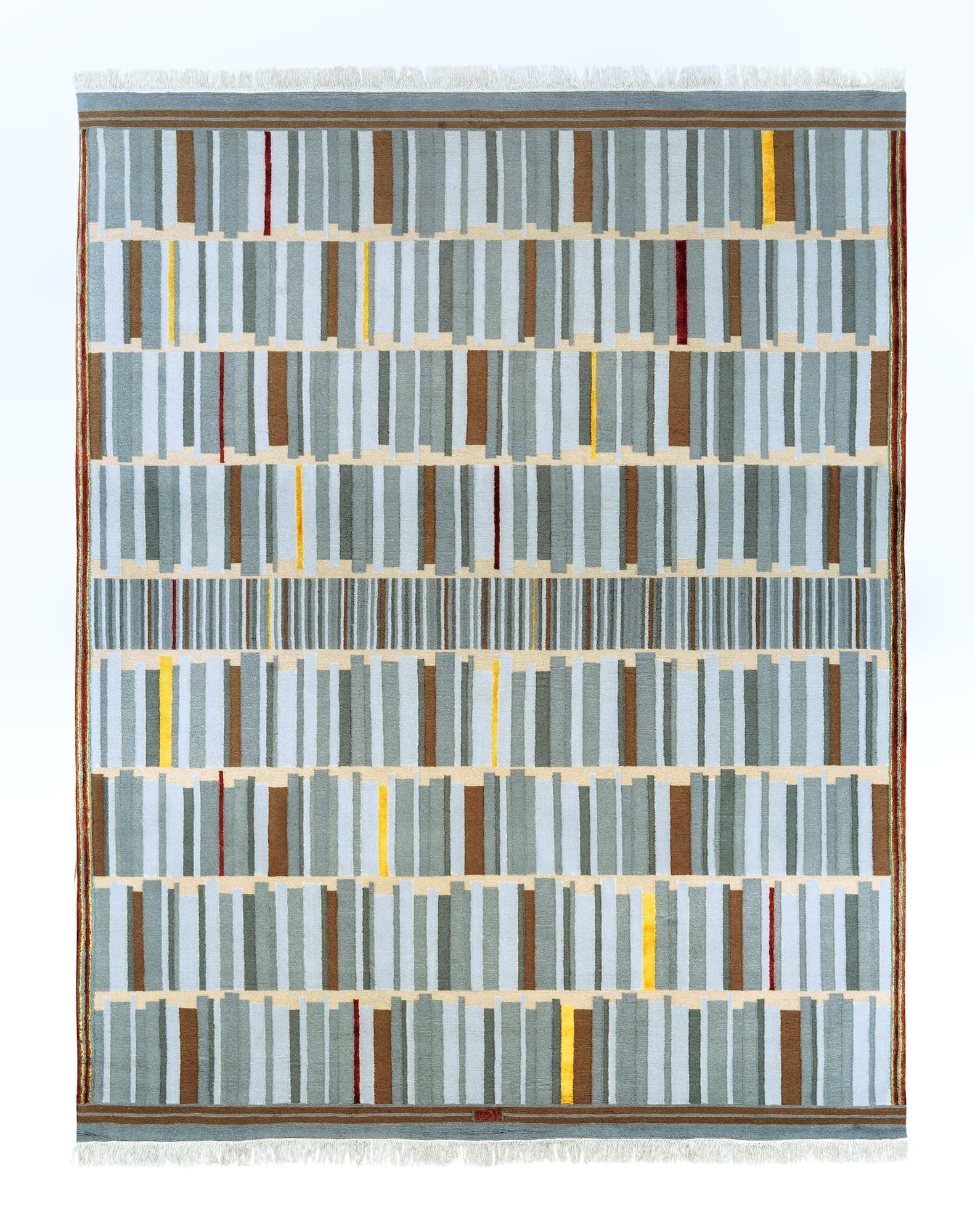

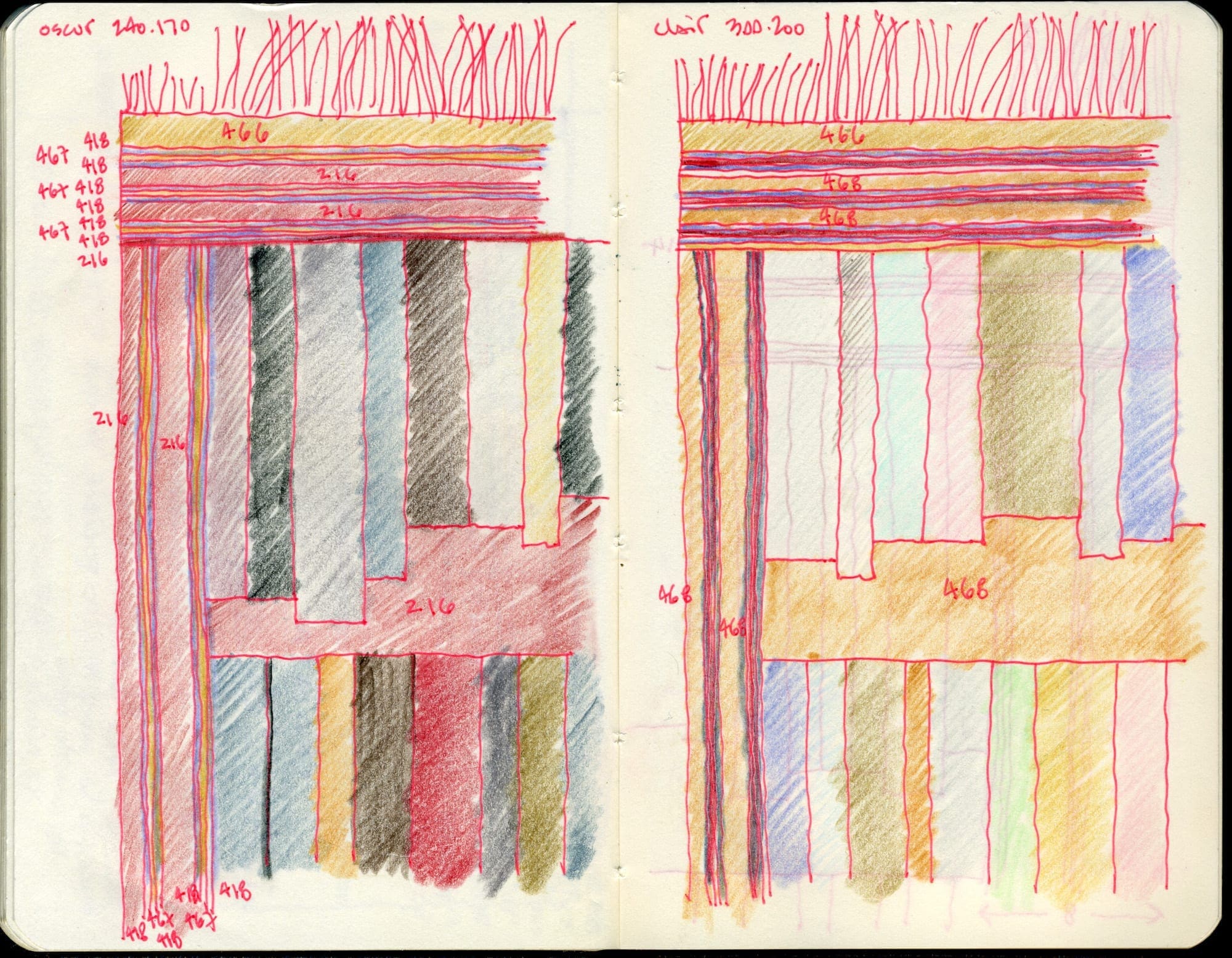
Ahead of showing Weaving Design Stories at ZONA MACO 2019 (February 6 – 10, 2019) we spoke to each of the participating designers and studios to tell us more about their designs and the ideas behind them.
Bernardo Gómez-Pimienta is a Mexican architect and industrial designer, whose contemporary vocabulary brings together the aspirations of the modern world, with the cultural complexity of the Mexican tradition.

Odabashian: Please can you tell us about your background?
Bernardo Gómez-Pimienta: Design and Architecture have always been part of the same activity for me. The scale changes, but the process is the same. In one instance you put together 6 pieces and you have a chair, you take 6 thousand pieces and you can design a building. I started doing industrial design at the same time as architecture, and doing a chair can take as long as a building. My studio, BGP was founded in 2003, as a multidisciplinary activity, working in a collaborative way both architecture and design.
What type of projects do you typically work on?
It varies a lot. Some times working on a ceramic coffee cup, and simultaneously on an urban project, a house and aa office complex. Thats exactly what I like, working at different scales. When I do that, to understand the different possibilities in production – construction methods, opens up new worlds and new possibilities that were not so easy to understand.
How would you describe the style of your work?
My work is based in understanding the site, the program, the structure, the aesthetics, etc… solving it in a way every issue works, having a final solution that seems pretty simple and orderly, but at the same time challenges you. That order comes after solving every issue with lots of work by everyone involved.

Please can you explain your approach to the Weaving Design Stories brief?
The silk road happened in America too. The silk was first brought, and then woven. Little by little production started. The city of San Cristobal was in that original silk route. The project speaks about the shadows of that colonial city that is still a magical city in Chiapas.
It was a long process to decide on the final solution. With lots of different ideas, that little by little started getting orderly.The process was smooth, and one day the solution became quite clear. Having a pattern that is apparently orderly and simultaneously has a freedom in every element.
What is the main connection of your design to the silk route?
The route passing through San Cristobal, and the shadows it left behind.
What were some of the key decisions in creating your design?
I love knots, so having a surface of hand made knots, and having a rug that shows the hand work behind it. It’s an intense task of weaving. The colors came from San Cristobal, a crisp sun hitting the edges of the buildings and making dark and neat shadows. Using natural wool, with natural pigments, became important. The natural pigments capture beautifully the old walls of San Cristobal.

What was the most surprising thing about working in this medium?
The depth, the carpet acquired. It was almost like seeing a street scene in San Cristobal.
What aspects of the final rug are you happiest with?
I am extremely happy with the quality and the care that the carpet shows. All the process handled by Odabashian was impeccable.

